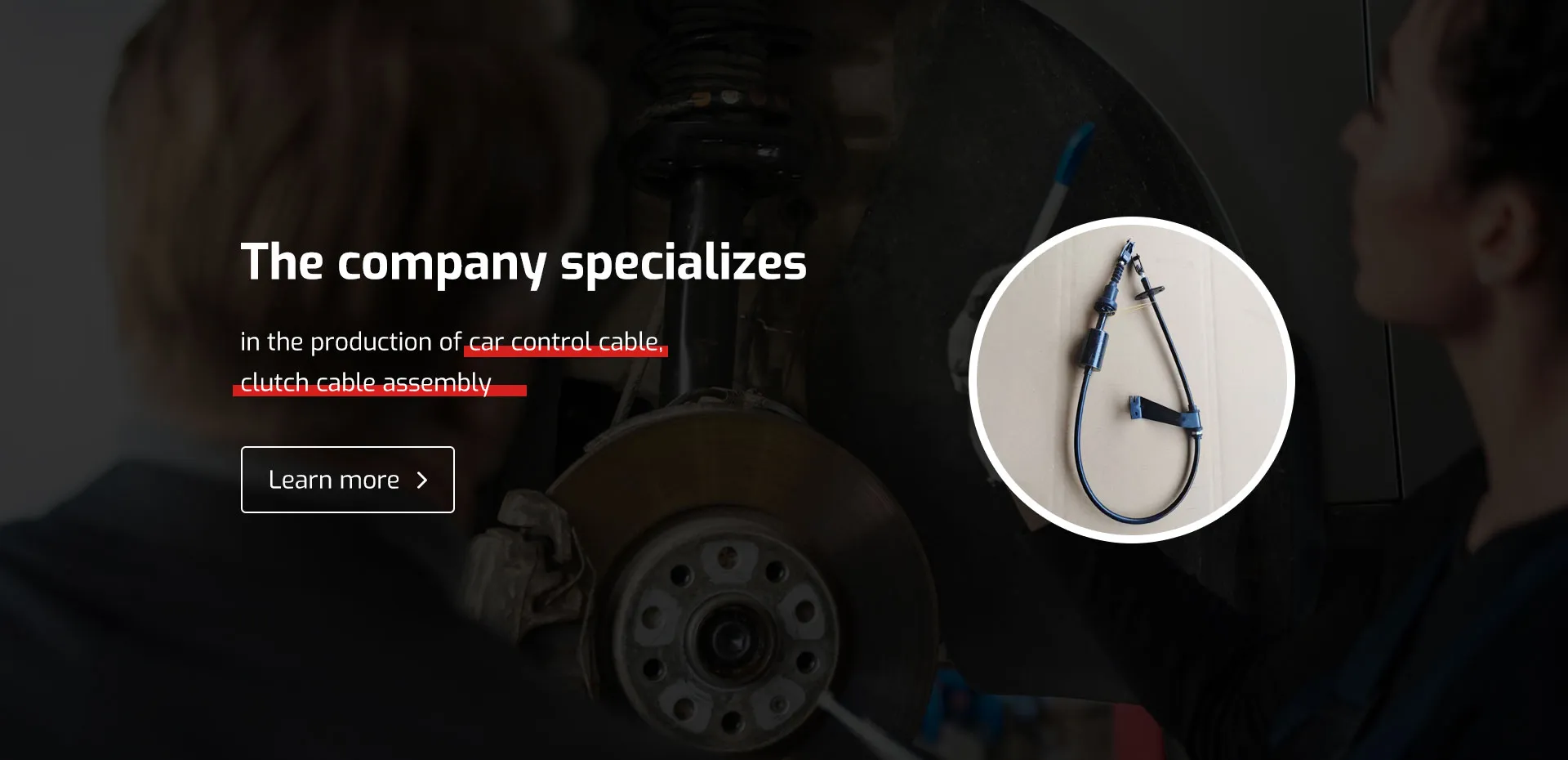throttle and clutch
Understanding Throttle and Clutch The Dance of Power and Control in Automotive Engineering
In the realm of automotive engineering, few elements are as crucial yet often overlooked as the throttle and clutch. These two components play pivotal roles in the operation of manual and automatic vehicles, impacting everything from acceleration to fuel efficiency. This article delves into the functions of the throttle and clutch, their interrelationship, and their importance in driving dynamics.
The Throttle The Heart of Acceleration
The throttle controls the engine's air intake, serving as the gateway through which fuel and air mix to produce power. In traditional gasoline engines, when the driver presses the accelerator pedal, it opens the throttle valve, allowing more air into the engine. This, in turn, leads to increased fuel injection, resulting in higher engine output and acceleration.
Throttle systems have evolved significantly over the years from mechanical linkages to electronic throttle control (ETC). With ETC, sensors are used to relay information about the driver's intent to the engine control unit (ECU), which optimizes the air-fuel mixture for performance and efficiency. This shift to electronic systems not only enhances responsiveness but also allows for better integration with modern vehicle technologies such as anti-lock braking systems (ABS) and traction control systems.
The Clutch Engaging and Disengaging Power
The clutch, on the other hand, is the component that connects and disconnects the engine's power from the wheels. In manual transmission vehicles, the clutch pedal, when pressed, disengages the engine from the drivetrain, allowing the driver to change gears without damaging the transmission. Upon releasing the pedal, the clutch engages the engine's power, enabling the vehicle to move.
throttle and clutch

The mechanics of the clutch are relatively straightforward; it consists of a clutch disc, pressure plate, and flywheel. The clutch disc sits between the flywheel and pressure plate, and during engagement, friction causes the disc to hold both components together, thereby transmitting power. In the case of automatic vehicles, while there isn’t a traditional clutch pedal, a torque converter serves a similar purpose by allowing the engine to spin independently of the wheels until power is needed.
The Interplay Between Throttle and Clutch
The synergy between the throttle and clutch is essential for smooth vehicle operation. In a manual transmission, coordinating the two can be challenging for novice drivers. For instance, during take-off, a driver must gradually release the clutch while simultaneously applying throttle. Too much throttle can lead to wheel spin, while too little can stall the engine. Thus, mastering this balance is a rite of passage for anyone learning to drive a manual vehicle.
Additionally, during gear shifts, the driver must deftly manage the throttle and clutch relationship to maintain momentum and avoid jerky movements. Advanced drivers may employ techniques such as rev-matching, where they increase the engine RPMs via the throttle while downshifting, effectively synchronizing the engine speed with the wheel speed for a smoother transition.
Conclusion A Delicate Balance
As we explore the intricate workings of the throttle and clutch, it becomes evident that they are integral to the driving experience. The throttle offers the power necessary for acceleration, while the clutch facilitates the smooth transfer of that power to the wheels. Together, they allow drivers to harness the full potential of their vehicles while ensuring precise control.
In today’s automotive landscape, where electric and automated vehicles are gaining traction, the fundamental principles governing the throttle and clutch remain relevant. Understanding their functions can enhance a driver’s ability, regardless of the vehicle type, fostering a deeper appreciation for the engineering marvels that allow us to navigate the open road. Whether you are a novice driver or an experienced gearhead, mastering the dynamics of the throttle and clutch will enhance your driving skills and contribute to safer, more enjoyable journeys on the road.
-
Upgrade Your Control with Premium Throttle CablesNewsAug.08,2025
-
Stay in Control with Premium Hand Brake CablesNewsAug.08,2025
-
Experience Unmatched Performance with Our Clutch HosesNewsAug.08,2025
-
Ensure Safety and Reliability with Premium Handbrake CablesNewsAug.08,2025
-
Enhance Your Vehicle with High-Performance Clutch LinesNewsAug.08,2025
-
Elevate Your Ride with Premium Gear CablesNewsAug.08,2025
